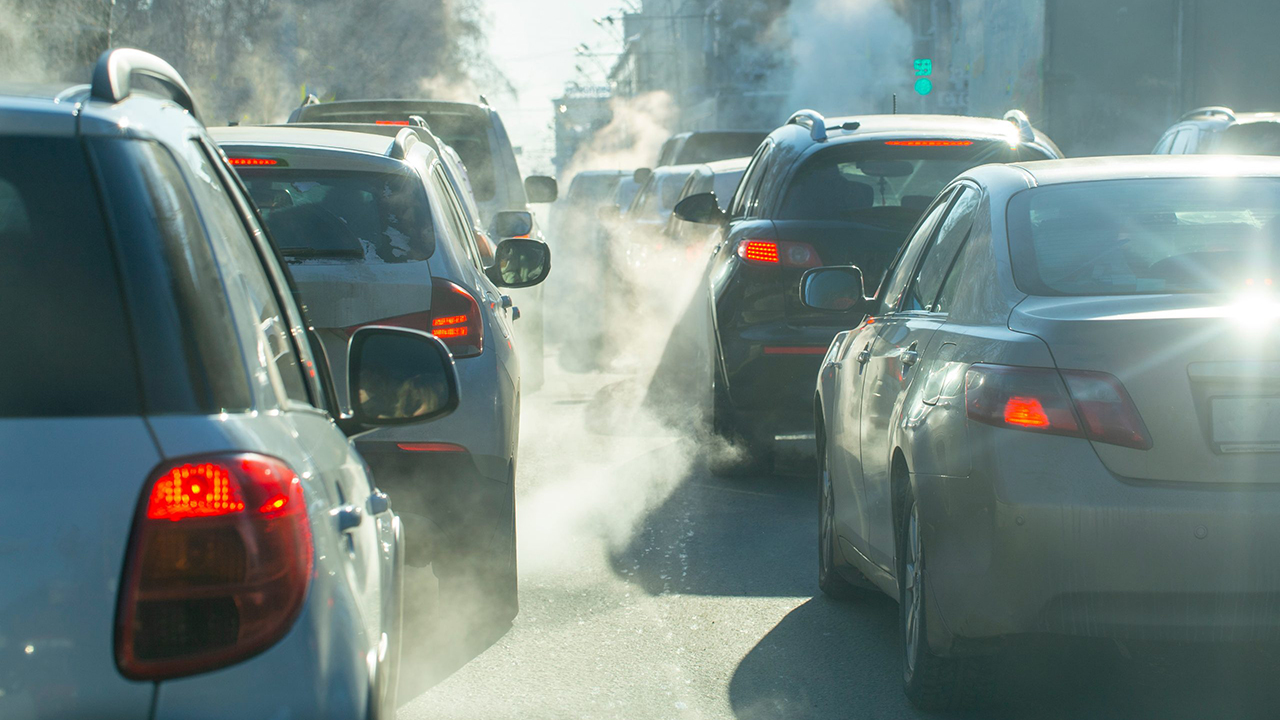Fine particulate matter, or soot, comes from sources ranging from power plants to cars and trucks and refineries. It causes lung and heart damage and has been found to disproportionately affect low-income communities, according to the EPA.
"Fine particulate matter is both deadly and extremely costly," EPA Administrator Michael Regan told reporters, adding the decision was based on science and a rigorous evaluation of available data.
The proposal would lower the allowable concentration of particulate matter smaller than 2.5 microns, or PM 2.5, to a range of 9 to 10 micrograms per cubic meter (µg/m3) on average per year, from the current 12 µg/m3 in place since 2012. The EPA said it would also take public comment on revising the level to as low as 8 µg/m3, and as high as 11 µg/m3.
The EPA estimates that an annual PM2.5 standard of 9 µg/m3 would prevent up to 4,200 premature deaths per year and yield $43 billion in net health benefits in 2032.
Public health and environmental groups said they had hoped for a tougher proposal, and for one during EPA's comment period. The EPA will take public comments and provide additional information on the National Ambient Air Quality Standards (NAAQS) for PM webpage.
"The science is clear that we need standards at the most protective ends of the ranges that EPA's own scientific advisors recommended," said Laura Kate Bender, national assistant vice president at the American Lung Association.
Most members of the EPA's Clean Air Scientific Advisory Committee (CASAC) had recommended that the annual average start in a range as low as 8-10 µg/m3.
The EPA also opted to retain the current primary 24-hour PM 2.5 standard of 35 µg/m3, despite a CASAC recommendation to lower that number to 25 µg/m3.
Source: Reuters


